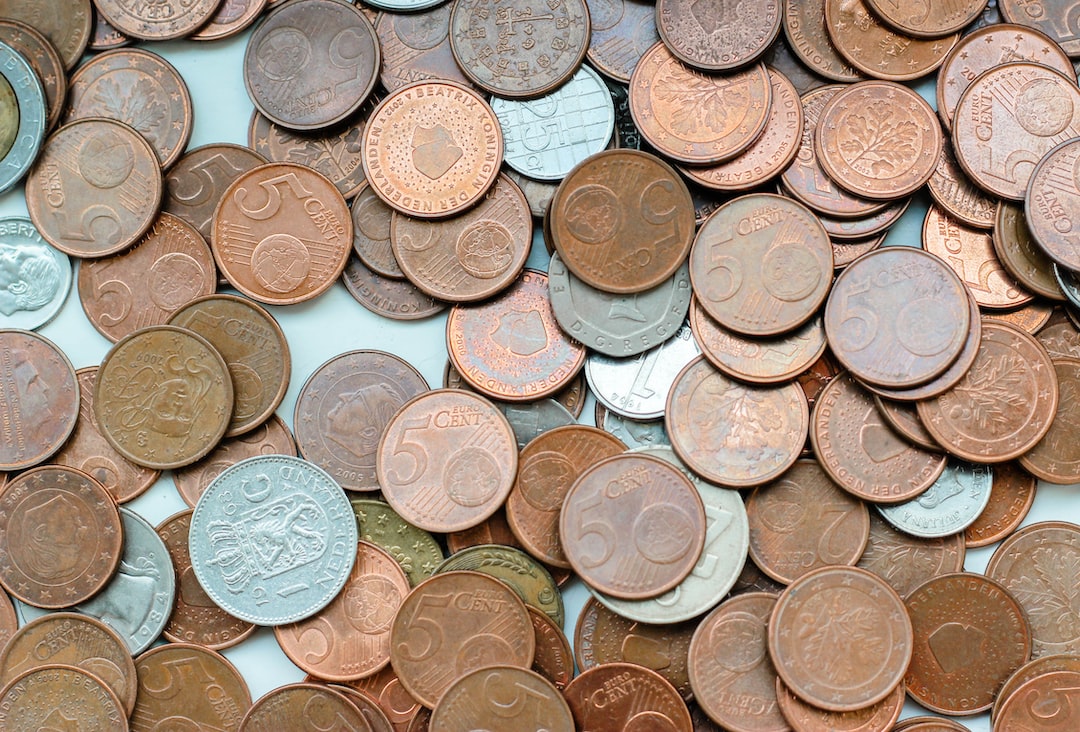Forex, also known as foreign exchange or FX, is the largest financial market in the world. It involves trading currencies from different countries against each other, with the aim of making profits from the fluctuations in exchange rates. One of the key elements of forex trading is the spread line, which plays a crucial role in determining the profitability of trades.
The spread line in forex refers to the difference between the bid and ask prices of a currency pair. The bid price is the price at which a trader can sell a currency, while the ask price is the price at which a trader can buy a currency. The spread is the difference between these two prices and is usually measured in pips, which is the smallest unit of price movement in forex.
For example, if the bid price for EUR/USD is 1.1200 and the ask price is 1.1202, the spread would be 2 pips. This means that a trader would need to make a profit of at least 2 pips to break even on a trade.
The spread line is important because it represents the cost of trading. In other words, it is the commission that a forex broker charges for executing trades on behalf of traders. Forex brokers make money by charging a spread, which is usually a small percentage of the trade size. This means that the wider the spread, the more expensive it is to trade.
The spread line can also have a significant impact on the profitability of trades. For example, if a trader buys a currency pair at the ask price of 1.1202 and sells it at the bid price of 1.1200, they would make a loss of 2 pips. This means that the trade would need to move in their favor by at least 2 pips just to break even.
Therefore, it is important for traders to choose a forex broker with tight spreads if they want to maximize their profitability. A tight spread means that the difference between the bid and ask prices is small, which reduces the cost of trading. This can be particularly important for traders who trade frequently or who use high leverage, as the cost of trading can quickly add up.
There are several factors that can affect the spread line in forex. One of the main factors is market liquidity, which refers to the ease with which a currency can be bought or sold. Currencies that are more liquid, such as the US dollar, tend to have tighter spreads than currencies that are less liquid, such as the South African rand.
Another factor that can affect the spread line is market volatility. When the market is volatile, spreads tend to widen as traders become more cautious and liquidity dries up. This can make it more expensive to trade during periods of high volatility, which can be challenging for traders who rely on short-term trading strategies.
In conclusion, the spread line is a key component of forex trading that represents the cost of trading. It is important for traders to choose a forex broker with tight spreads if they want to maximize their profitability, and to be aware of the factors that can affect spreads, such as market liquidity and volatility. By understanding the spread line and how it works, traders can make more informed decisions about when and how to trade in the forex market.






